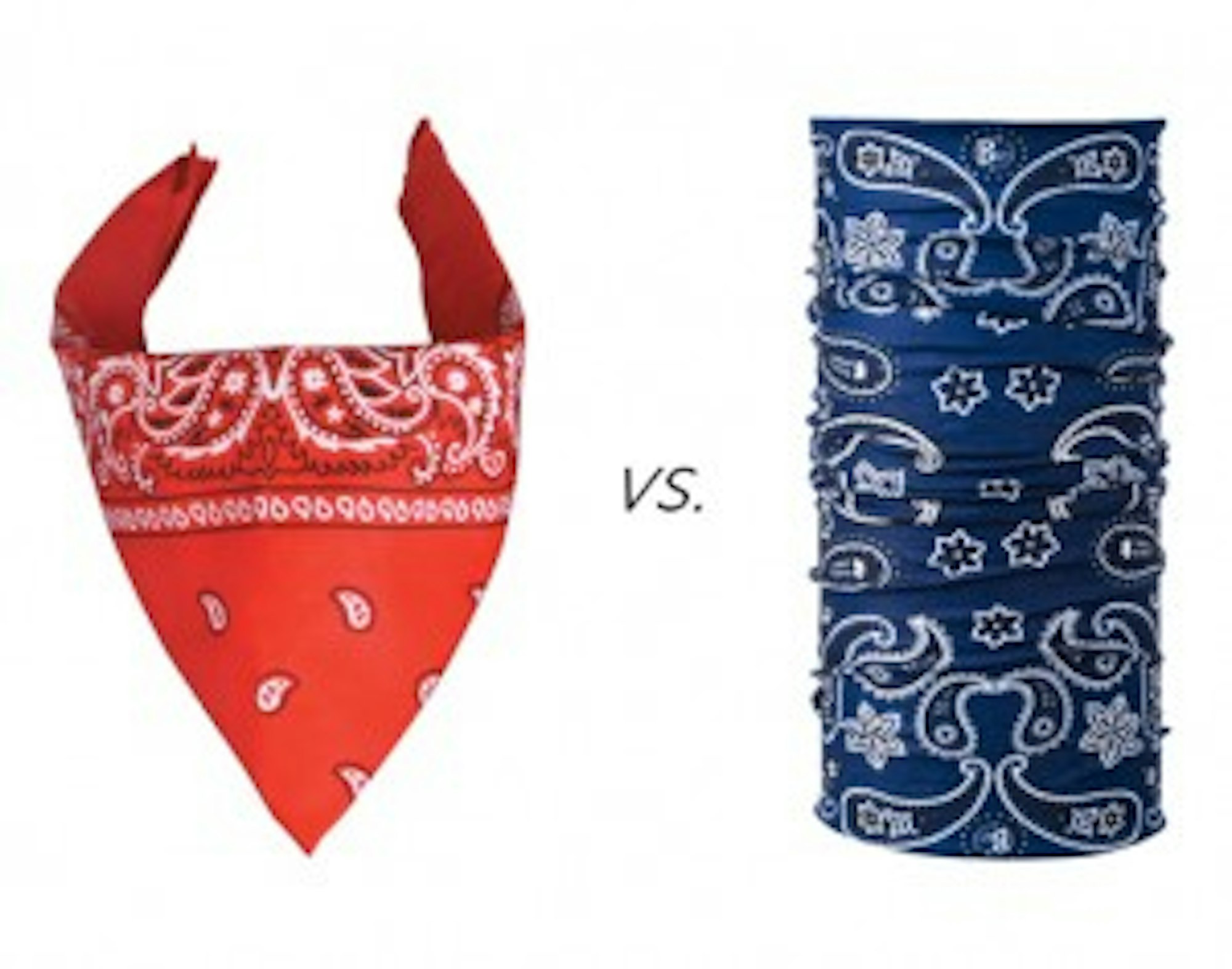Joan Rojas of Spain was sick of wearing military briefs around his neck to protect his face from wind, cold and dirt while out riding his motorcycle. “They were itchy and looked pretty ugly,” he said. So he set out to create the perfect solution to his problem. In his family’s textile factory, he found a way to create a seamless, tubular garment made of micro fiber. The Buff was born.
When he started mass producing them in 1992, he had created a neck piece that was not only less itchy and more attractive, but one that was UV protective, moisture wicking and significantly warmer. Little did he know that as he started giving them to local ski instructors in the 90s, he would be setting the groundwork for his company to become a staple in the snow industry, and saving multitudes of skiers who had previously been wearing bandanas from a sloppy mess.


The 2000s have seen park skiers flocking to Wal-marts in droves to purchase multiple bandanas in a magnitude of colors. Spurred by the fashion statement a bandana made—think Wild Bill Hickok or 2Pac—kids were ending up with wet, raw, cold and sunburned faces. Buff saw a need for their product in this space and athletes such as Tanner Hall, Phil Casabon, Nick Martini, Kim Havell, Bene Meyer and Keri Herman agree.
Martini says, “Buffs are great, they’re a lot more breathable and they don’t get wet, which is huge for when it’s cold. And they’re actually thinner and much more comfortable to wear.” So next time you’re debating Buff vs. bandana, play it smart—stay warm and dry out there, folks.




![[GIVEAWAY] Win a Head-to-Toe Ski Setup from IFSA](https://www.datocms-assets.com/163516/1765920344-ifsa.jpg?w=200&h=200&fit=crop)

![[GIVEAWAY] Win a Legendary Ski Trip with Icelantic's Road to the Rocks](https://www.datocms-assets.com/163516/1765233064-r2r26_freeskier_leaderboard1.jpg?auto=format&w=400&h=300&fit=crop&crop=faces,entropy)




![[GIVEAWAY] Win a Head-to-Toe Ski Setup from IFSA](https://www.datocms-assets.com/163516/1765920344-ifsa.jpg?auto=format&w=400&h=300&fit=crop&crop=faces,entropy)


